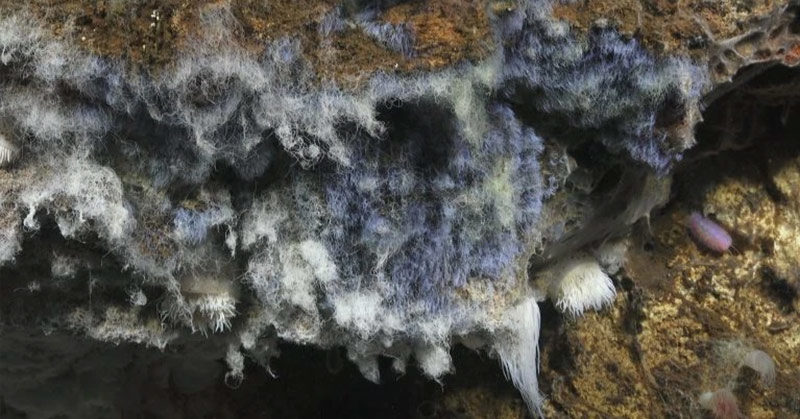The deepest part of our oceans is not just some of the least-explored places on our planet, but in our entire solar system. Thanks to hard-working scientists and modern technology we are beginning to be able to explore these places further. Just a couple of years ago, upside down lakes and waterfalls were discovered on the floor of Mexico’s Gulf of California, and they are incredible. (3)
Upside Down Lakes and Waterfalls At the Bottom of the Ocean
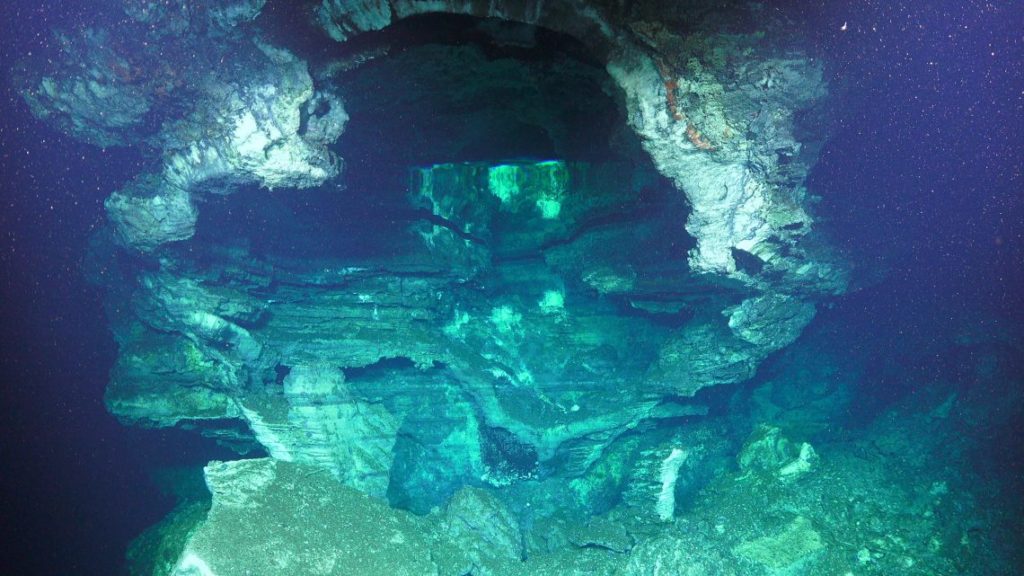
A team of researchers from the Schmidt Ocean Institute was exploring the Auka hydrothermal vent field in 2018. This expedition achieved more than they imagined it would: A new vent field that they named Jaich Maa. (1)
What is a Vent Field?
Hydrothermal vents are vents or holes in the ocean floor that pump hot, mineral-rich fluids from beneath the ocean floor into the water. You can think of them sort of like underwater hot springs or geysers. (2)
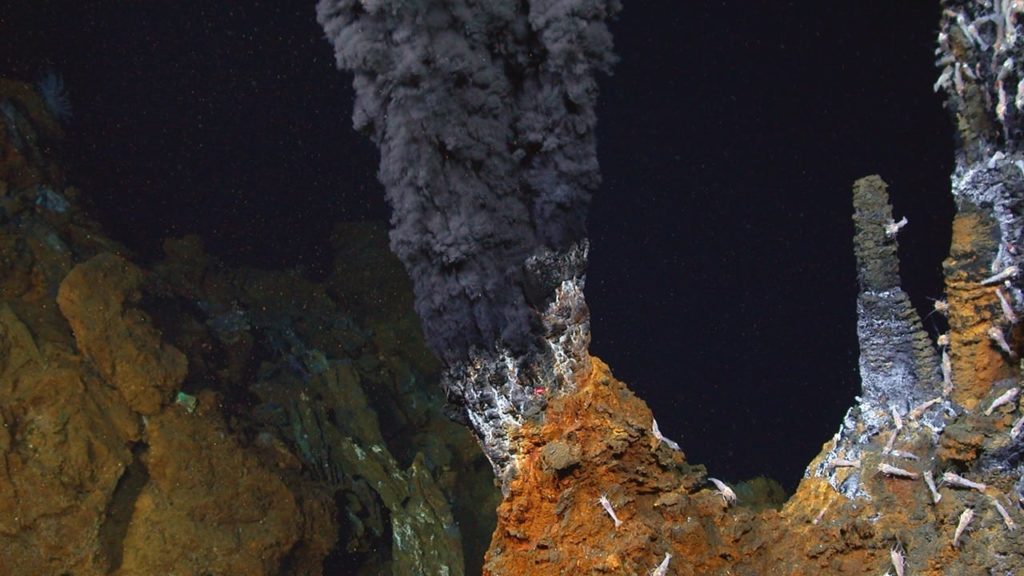
They form in volcanically active areas where the Earth’s tectonic plates are spreading apart. Here, magma rises up to the surface or just beneath it, where water sneaks in through cracks and porous rocks. The vent heats up the water which causes chemical reactions to occur that remove oxygen, magnesium, sulfates, and other chemicals. (2)
The fluids become increasingly hotter and leach metals like zinc, copper, lead, and cobalt from the rocks around it. These heated fluids rise to the surface at temperatures of 400℃ (750℉) or more. The extreme pressure from the deep ocean water, however, prevents the fluids from actually boiling. (2)
As this hot water comes into contact with the cold, oxygenated ocean water, more chemical reactions occur. Minerals precipitate out that build towers and deposits on the seafloor and feed the microbes that live in these deep, dark places. (2)
Read: Mystery Meteorite Contains “Impossible to Naturally Exist” Crystal
Why Are Hydrothermal Vents Important?
Hydrothermal vent fields regulate the chemistry of the ocean by pushing heat and chemicals from the Earth’s interior out into the water. They cause valuable minerals to accumulate on the ocean floor, support complex ecosystems of important microbes and organisms, and provide valuable information about our own planet as well as potential life on others. (2)
Jaich Maa: The Upside-Down Lake
Two kilometers from the Auka vent field in the Southern Pescadero Basin is Jaich Maa. It has similar geochemistry and biological community structure to Auka. Its name means “liquid metal” in Kiliwan, a native language to the region. The name refers to the “metallic shimmering” of the upside-down lake. (1)
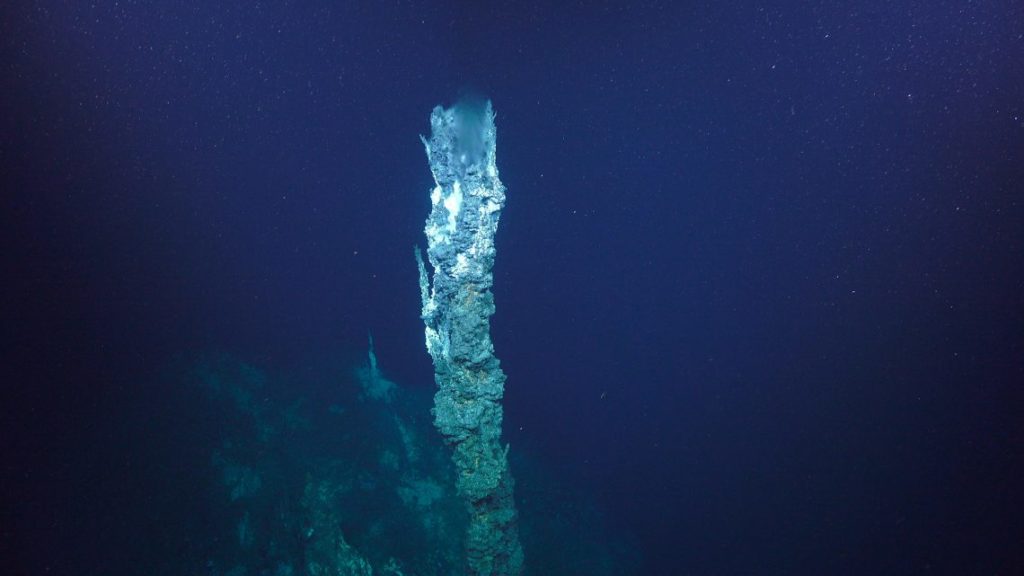
The most impressive part of Jaich Maa is its largest vent Tay Ujaa, meaning big cave. Tay Ujaa has a pool of “shimmering water” that then leaves the cavern into an upside-down waterfall. (1)
The most exciting part about discovering a new vent field is the new species that are unearthed. (1)
The team found (1):
- Blue microbes
- The sock-looking Xenoturbella
- Oasisia tubeworms
- Anemones
- Bright blue scale worms
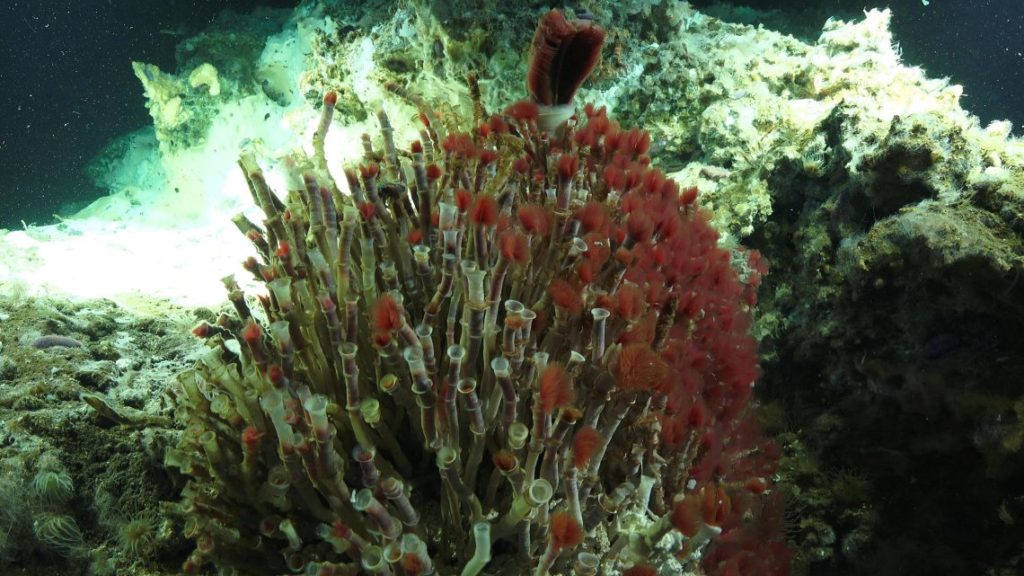
In an extreme climate such as the Jaich Maa vent field, there are microbes and heat-loving organisms that can give us clues about the formation of the Earth as well as the potential for life on planets that have similar ecosystems. (1)
More To Be Discovered
Though scientists like the team from the Schmidt Institute are working hard to explore more of our oceans, the reality is that 90% of the ocean floor is still very much a mystery. (1) As the technology for autonomous underwater vehicles like the one they used to explore Jaich Maa continues to improve, more of these unreachable places will become feasible.
Keep Reading: World’s First Complete T-Rex Skeleton Finally Revealed To Public 67 Million Years After It Was Buried
